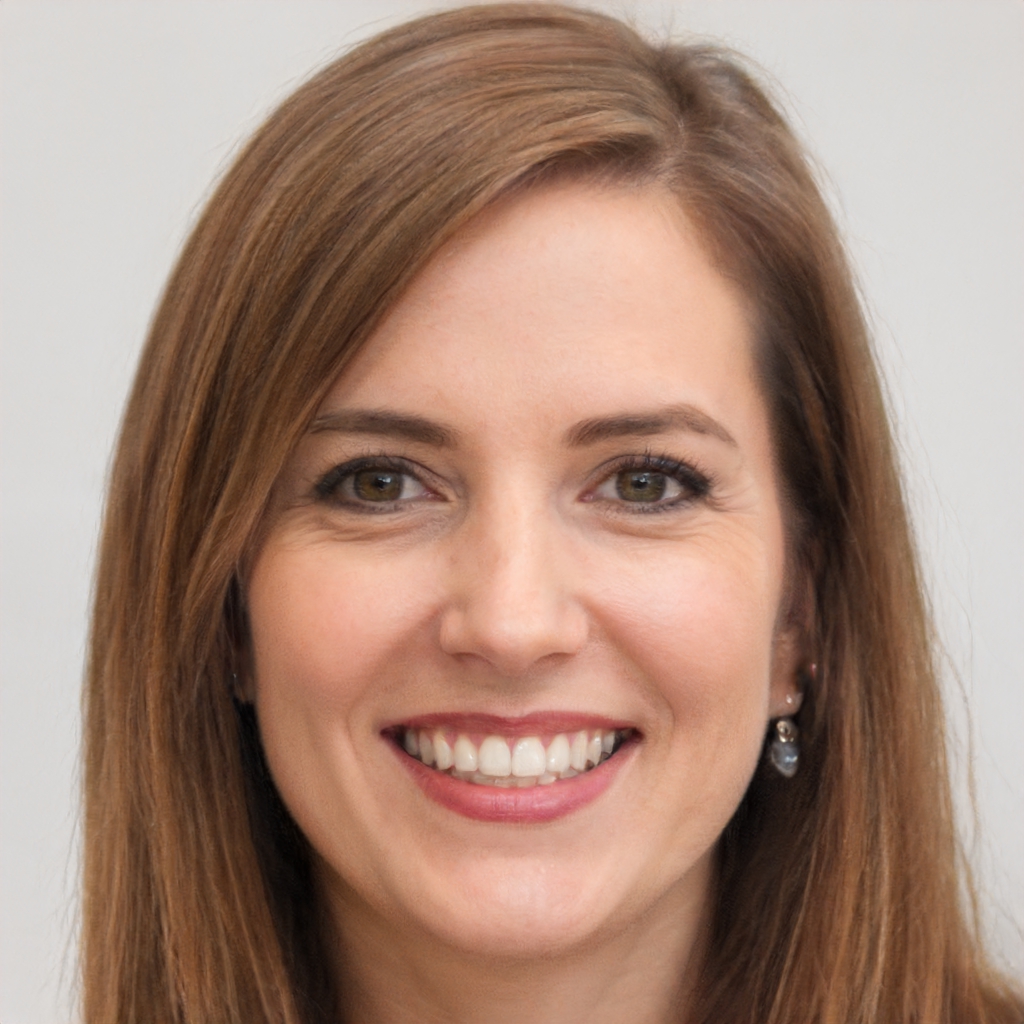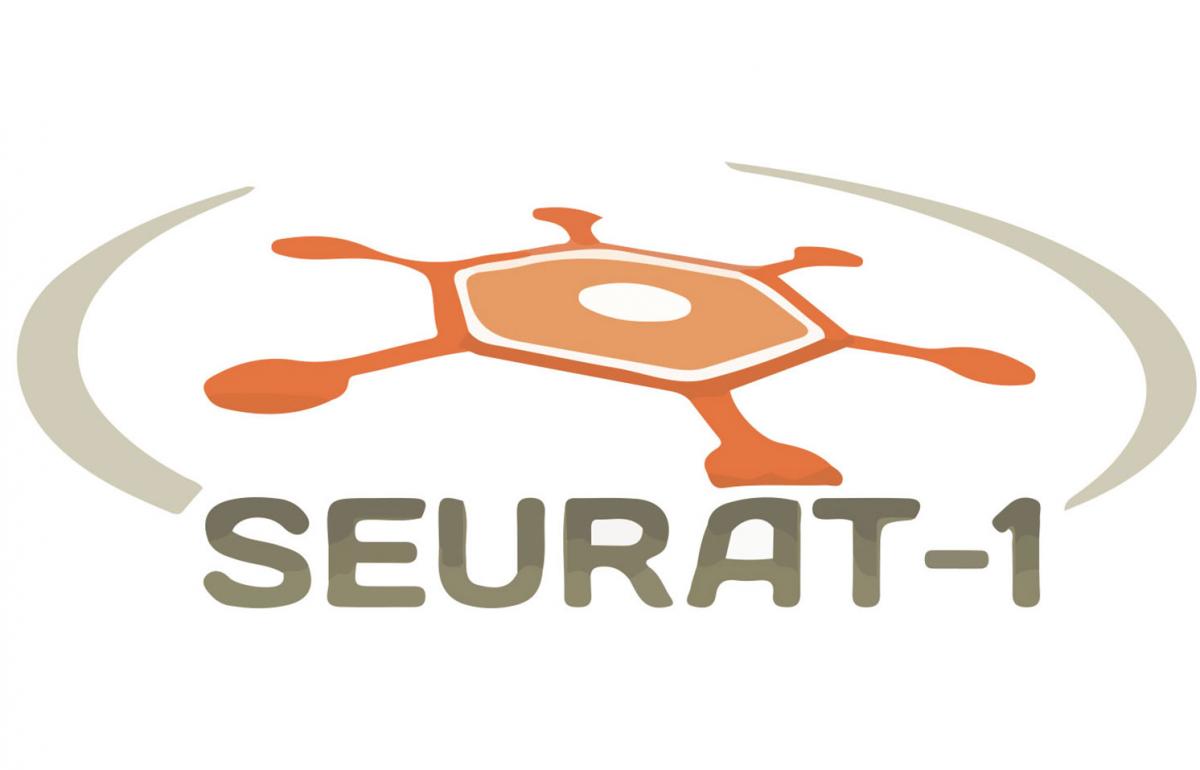
More than 100 participants met during the second annual meeting of the SEURAT-1 Research Initiative. This event was the opportunity to exchange on the progress made by the cluster over the last year, on major developments at the international level and on the research strategy to be implemented in the future. The programme included plenary sessions and parallel breakout working groups on cross-cutting subjects that are crucial for successful research collaboration.
Ian Cotgreave, co-chair of the SEURAT-1 Scientific Expert Panel (SEP), opened the meeting and welcomed the participants. The Director General of Cosmetics Europe, Bertil Heerink, stressed in his introduction the importance of SEURAT-1 for his organisation by describing the difficulties to meet up with the marketing ban of products tested on animals under the Cosmetics Directive in 2013.
Maurice Whelan (COACH) reminded the participants of the SEURAT-1 vision and strategy, followed by the coordinators from the seven SEURAT-1 projects who presented the highlights and challenges encountered during the first year of activities.
In the afternoon of the first day, the meeting participants divided into four breakout groups brainstorming on the following subjects:
- Stem cells – characterisation and standardisation
- Biokinetics – in vitro to in vivo extrapolation
- Mode of Action – repeated dose system toxicity
- Safety assessment – using alternative methods
The outcome, besides being reported back into the plenary, will be included in the 2nd annual report, intended for publication in July 2012. It was further agreed that all four breakout sessions would be continued as SEURAT-1 working groups.
A poster session presenting results from the separate projects was organised and the three best posters presented by young scientists were awarded.
Mel Anderson from the Hamner Institutes was invited as an external key note speaker to introduce the outlook session. He stressed the importance to reach a global application of a new safety assessment paradigm of chemicals, and that it would be necessary to find convincing models to be accepted by a multicultural society with different problems, acceptance and technical infrastructure. A panel discussion followed, with six panel speakers shortly reflecting on future challenges, and with the possibility to other meeting participants to ask questions to the panel or give their own reflections on a future safety assessment of chemicals.
The meeting was concluded by the take home message of Catherine Mahony (Cosmetics Europe), saying that it was worth celebrating the significant progress in achieved milestones and deliverables in the first year and the evolution of cross-cluster working groups.

Sara holds the esteemed position of Lead Publisher at SEURAT, overseeing the curation and dissemination of content centered on health and ethical consumer choices. With her rigorous editorial standards and an acute understanding of the health supplement industry, she ensures the delivery of accurate, insightful, and relevant information to the platform’s discerning audience. Her commitment to promoting cruelty-free practices has solidified the website’s reputation as a trusted source for professional and ethical insights in the sector.
